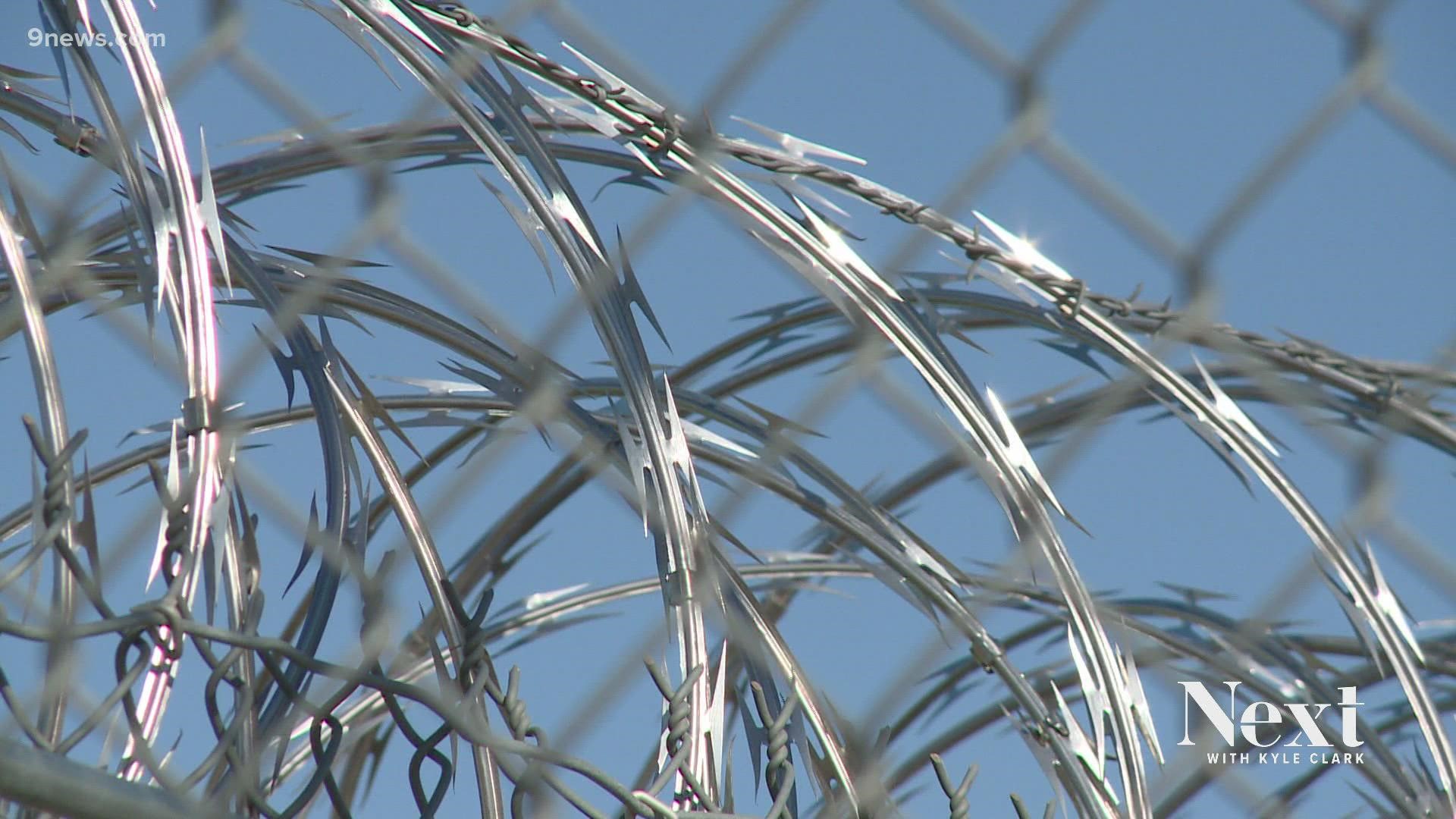DENVER — Inmates are housed in state prisons, but is the state prison their home?
Colorado has 14,364 inmates who, before prison, lived somewhere else in the state.
Those inmates now live in prisons in one of 12 counties: Bent, Chaffee, Crowley, Delta, Denver, Fremont, Garfield, Jefferson, Las Animas, Lincoln, Logan and Pueblo counties.
"They are counted, at the time, for redistricting purposes, as if their cell was their residence, and that's what we defined as 'prison gerrymandering,'" said State Sen. James Coleman, D-Denver.
Coleman sponsored a bill in 2020 that become law, requiring the Colorado Department of Corrections to provide a list every year ending in zero, indicating the last known address for inmates, so that address can be used for redistricting, which is done every 10 years.
"Considering that the average state prison sentence is three years, but redistricting lasts for a decade, we feel that prison gerrymandering is a practice that degrades, quite frankly, the representation that we provide our democracy," said Coleman.
When voters passed Amendments Y and Z in 2018, they approved two commissions made up of four Republicans, four Democrats and four unaffiliated voters to draw the new district lines for the state's Congressional Districts, and the state's House and Senate districts.
Earlier this year, on a separate issue, the Colorado Supreme Court ruled that the legislature needs to stay out of the independent redistricting process.
On Thursday, the commission responsible for drawing the state's eight Congressional Districts voted to count prisoners as living in the county where their behind bars.
On Friday, the commission responsible for drawing the state's 65 House and 35 Senate districts voted to count prisoners as living in their previous known address.
Fremont County, home to seven state prisons, will lose 4,804 residents in that scenario. That's 10 percent of the county's population.
Crowley County, home to two state prisons, will lose 2,841 residents. That's almost half of the county's population.
"We'd obviously like it where they are. That doesn't help us much, one of our districts is the biggest in the state, but we'd still like to keep as many numbers here as we can," said Republican Crowley County Commissioner Roy Elliott.
Crowley County has the second highest in-state inmate population.
"As they get released, they don't necessarily go back to where they originally came from when they go into Community Corrections or parole," said Elliott.
The commission drawing the Congressional District map will approve a final plan on Sept. 28.
The commission drawing the state district maps will approve a final plan on Oct. 11.
SUGGESTED VIDEOS: Full Episodes of Next with Kyle Clark

